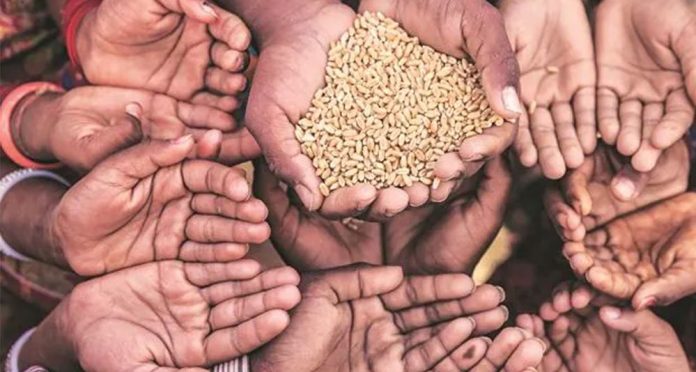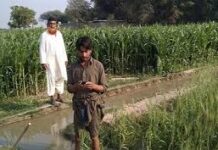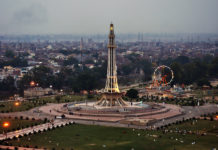Web Desk
More than one billion people live in acute poverty, with nearly half of them in countries experiencing conflict , mainly in South Asia and Sub-Saharan regions , according to a new United Nations report.
Countries at war have higher levels of deprivation across all indicators of “multidimensional poverty”, according to an index published by the UN Development Programme (UNDP), reporting “markedly more severe” disparities in nutrition, access to electricity, and access to water and sanitation.
Research across 112 countries and 6.3 billion people revealed that 1.1 billion people endure poverty, with 455 million of them living “in the shadow of conflict”, according to the Multidimensional Poverty Index.
“Conflicts have intensified and multiplied in recent years, reaching new highs in casualties, displacing record millions of people, and causing widespread disruption to lives and livelihoods,” said the UNDP’s Achim Steiner.
The index showed that some 584 million people under 18 were experiencing extreme poverty, accounting for 27.9 percent of children worldwide, compared with 13.5 percent of adults.
Child mortality in conflict settings was 8 percent, compared with 1.1 percent in peaceful countries.
It also said that 83.2 percent of the world’s poorest people live in sub-Saharan Africa and South Asia.
The index, compiled jointly with the Oxford Poverty and Human Development Initiative (OPHI), used indicators such as a lack of adequate housing, sanitation, electricity, cooking fuel, nutrition and school attendance to assess levels of “multidimensional poverty”.
The index included an in-depth study on Afghanistan, where 5.3 million more people fell into poverty during 2015-16 and 2022-23. Last year, nearly two-thirds of Afghans were considered poor.
“For the poor in conflict-affected countries, the struggle for basic needs is a far harsher and more desperate battle,” said Yanchun Zhang, chief statistician at the UNDP.
India was the country with the largest number of people in extreme poverty, affecting 234 million of its 1.4 billion population.
It was followed by Pakistan, Ethiopia, Nigeria and the Democratic Republic of the Congo. The five countries combined accounted for nearly half of the 1.1 billion poor people.
Global poverty reduction has slowed to a near standstill, with 2020-2030 set to be a lost decade. At the current pace of progress, it could take more than a century to eradicate poverty as it is defined for nearly half the world.
44 percent of the global population – around 3.5 billion people – live today on less than $6.85 per day, the poverty line relevant for upper-middle-income countries. The total number of people living under this poverty line has barely changed since 1990 due to population growth.
8.5 percent of the global population – almost 700 million people – live today on less than $2.15 per day, the extreme poverty line relevant for low-income countries. Three-quarters of all people in extreme poverty live in Sub-Saharan Africa or in fragile and conflict-affected countries.
About 72 percent of the world’s extreme poor live in countries that are eligible to receive assistance from the International Development Association (IDA). Today, one in three IDA countries are poorer, on average, than they were on the eve of the COVID-19 pandemic.
Progress on shared prosperity has stalled since the pandemic, due to slow economic growth and a divergence in mean incomes. Today, incomes around the world, on average, would have to increase five-fold to reach the level of $25 per person per day, the minimum prosperity standard for high-income countries.
Around one-fifth of the world’s population lives in economies with high inequality, concentrated mostly in Latin America and Sub-Saharan Africa. Only 7 percent of the global population lives in countries with low inequality.
In half of IDA countries, the income gap with the wealthiest economies is widening for the first time this century. Of the 68 IDA countries with data on inequality, less than 15 percent were in the low-inequality group and more than 37 percent were in the high inequality group.
Climate change poses a fundamental risk to poverty and inequality reduction. Nearly 1 in 5 people globally are likely to experience a severe weather shock in their lifetime from which they will struggle to recover.
Climate change also threatens to increase global inequality, as poorer countries and people are likely to suffer more from the negative consequences.















